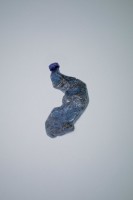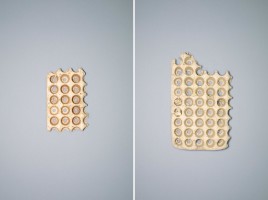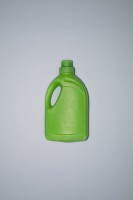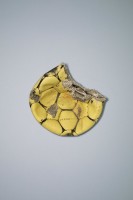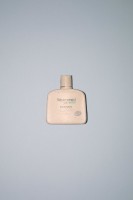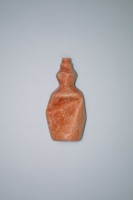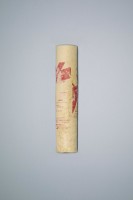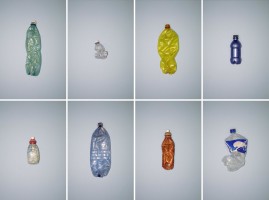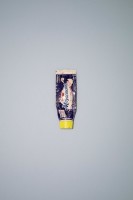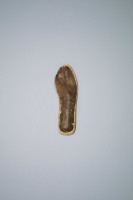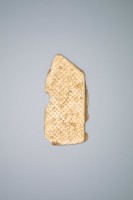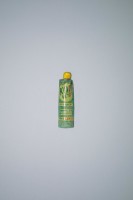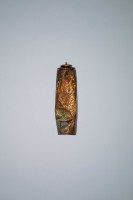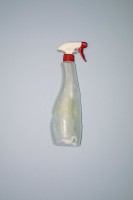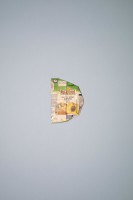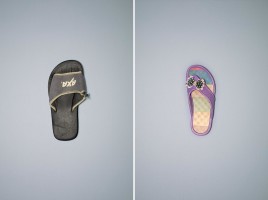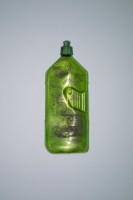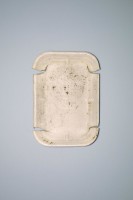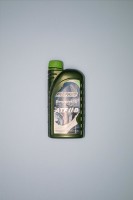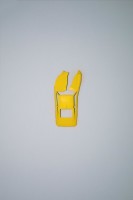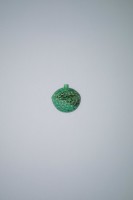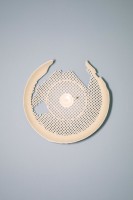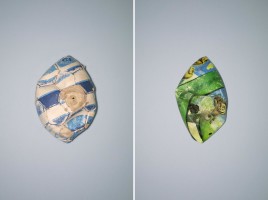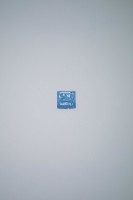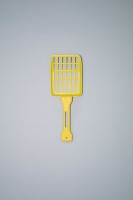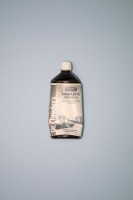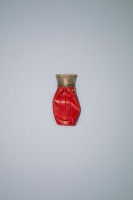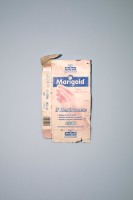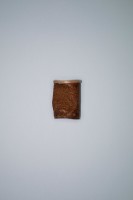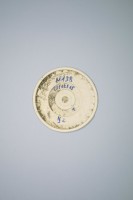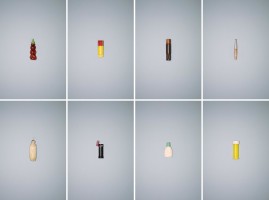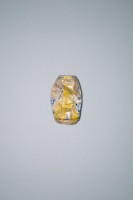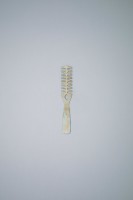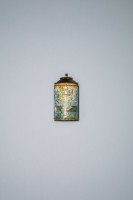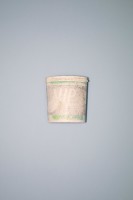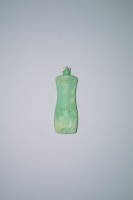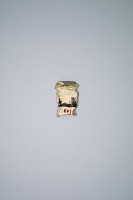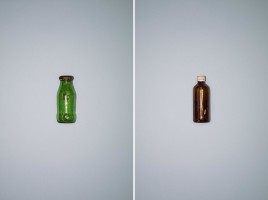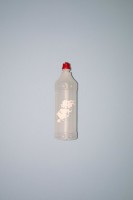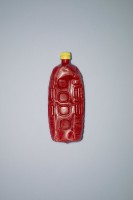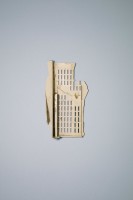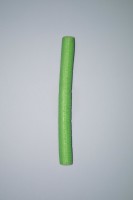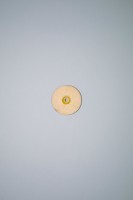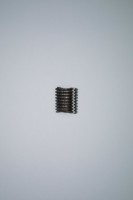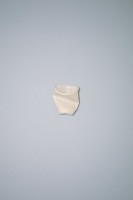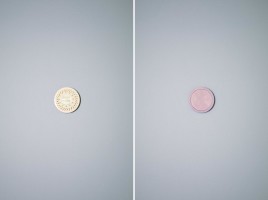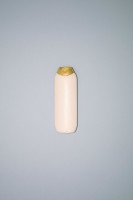"Marine debris", also known as "marine litter", is human-created waste that has deliberately or accidentally been released in a lake, sea, ocean, or waterway. Floating oceanic debris tends to accumulate at the center of "gyres"(a large system of circulating ocean currents, particularly those involved with large wind movements) and on coastlines, frequently washing aground, when it is known as beach litter or tidewrack. Deliberate disposal of wastes at sea is called "ocean dumping".
With the increasing use of plastic, human influence has become an issue as many types of plastics do not biodegrade. Waterborne plastic poses a serious threat to fish, seabirds, marine reptiles, and marine mammals, as well as to boats and coasts. Dumping, container spillages, litter washed into storm drains and waterways and wind-blown landfill waste all contribute to this problem.
Researchers classify debris as either land- or ocean-based. In 1991, the United Nations Joint Group of Experts on the Scientific Aspects of Marine Pollution estimated that up to 80% of the pollution was land-based, with the remaining 20% originating from catastrophic events or maritime sources.
A wide variety of man-made objects can become marine debris: plastic bags, balloons, children's toys, medical waste, glass and plastic bottle, beverage cans and polystyrene are among the items commonly found to have washed ashore. Eighty percent of marine debris is plastic. Plastics accumulate because they typically do not biodegrade as many other substances do. They photodegrade on exposure to sunlight, although they do so only under dry conditions, as water inhibits photolysis. 8.8 million metric tons of plastic waste are dumped in the world's oceans each year. This plastic pollution harms an estimated 100.000 sea turtles and marine mammals and 1,000.000 sea creatures each year. Larger plastics (called "macroplastics") such as plastic shopping bags can clog the digestive tracts of larger animals when consumed by them and can cause starvation through restricting the movement of food, or by filling the stomach and tricking the animal into thinking it is full. "Microplastics" on the other hand harm smaller marine life. For example, pelagic plastic pieces in the center of our ocean’s gyres outnumber live marine plankton, and are passed up the food chain to reach all marine life.



















































